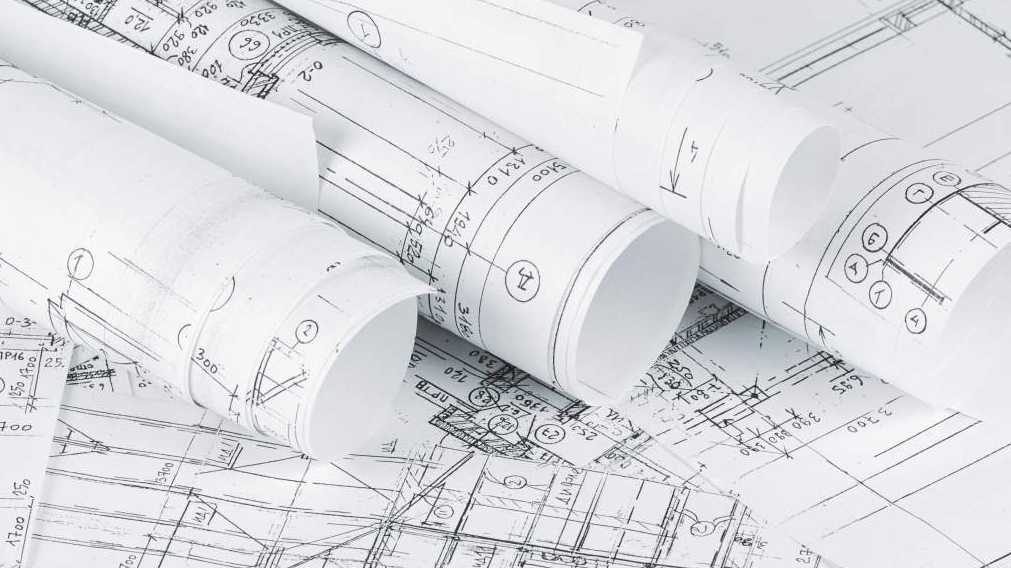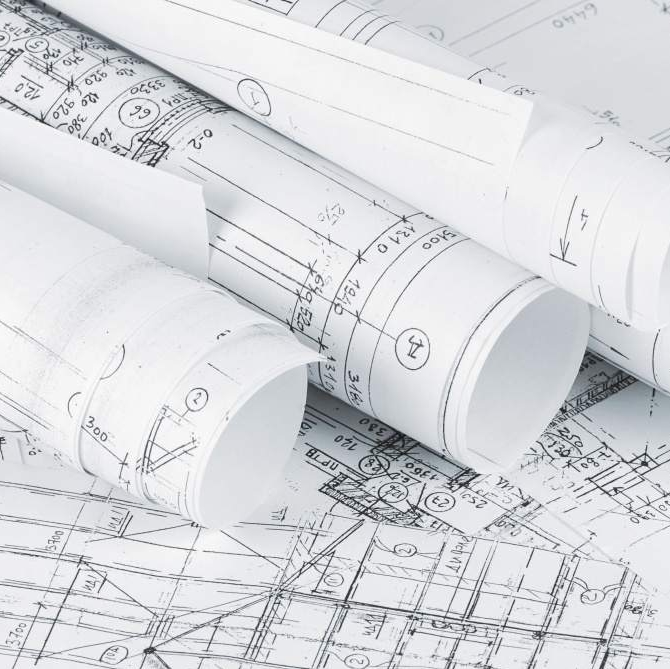Though zones in PA applications are not always the same as rooms, they often are: dining room A, dining room B, function room, restroom area, outdoor area A. There is no rule as to how many square metres a zone should have. As installer and planner you should walk through the rooms methodically and write down individual zones. This only works with the future user. You get the most accurate impression while the room is used under real conditions. If that is not possible, it is worth asking more detailed questions:
- Is the room always used in the same way or does it have to be versatile?
- Are announcements, i.e. speech transmissions, planned?
- Which audio sources are planned? CD, MP3, USB; SD/MMC cards, Internet radio, DAB+ or FM radio?
Zones vary basically due to their requirements. Reasons for using several smaller zones instead of one big zone could be:
- The basic volume in operation without PA application varies: are some areas louder than others?
- The type of PA application: is music supposed to be noticeable or unobtrusive?
- Different audio signals in different areas or selective announcements in different areas
- Acoustics within a zone





